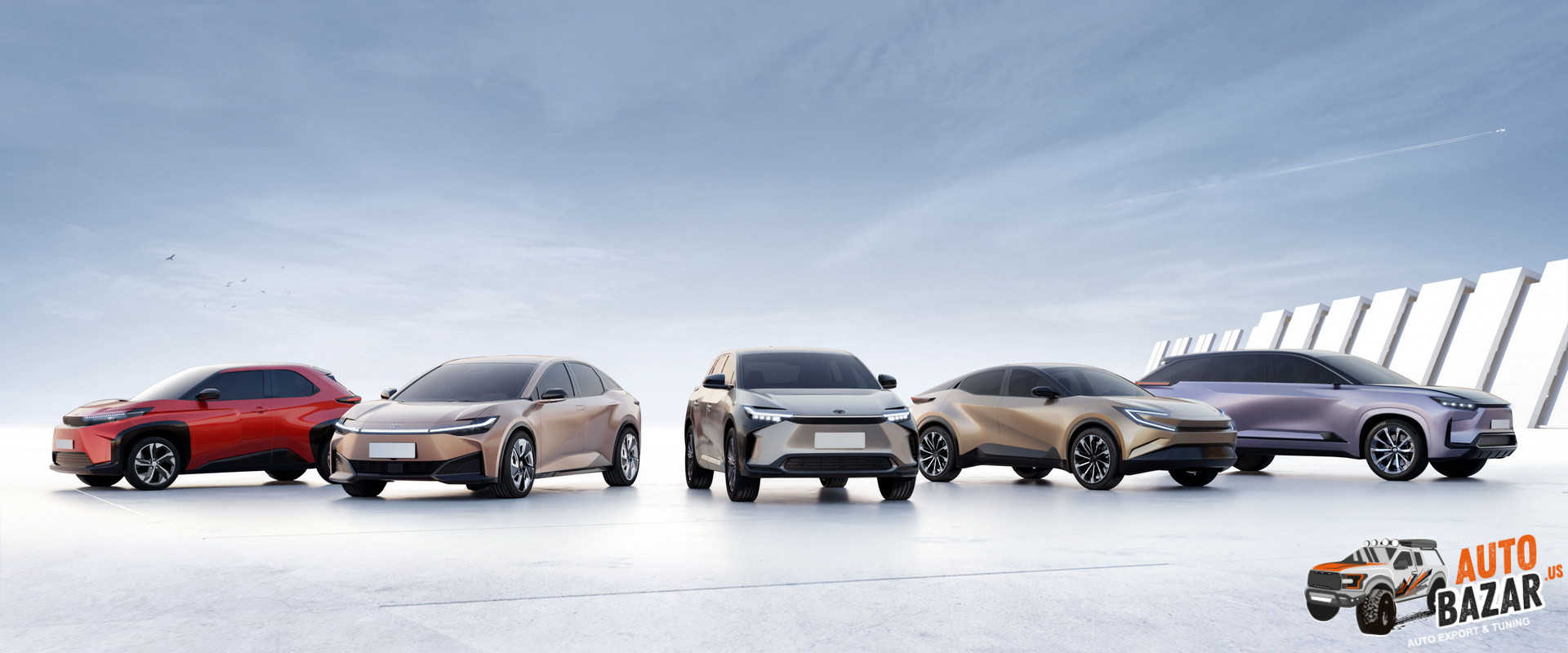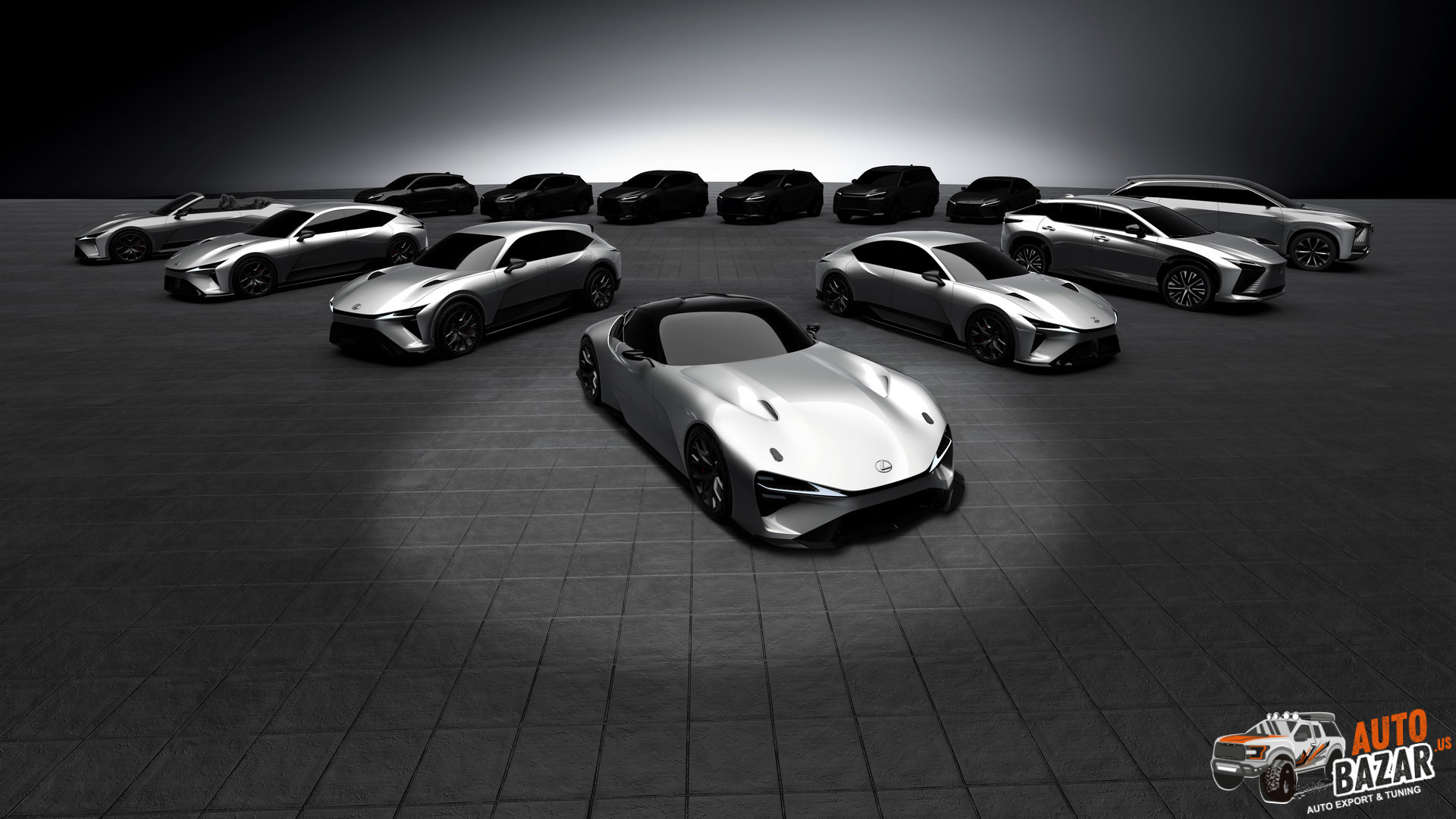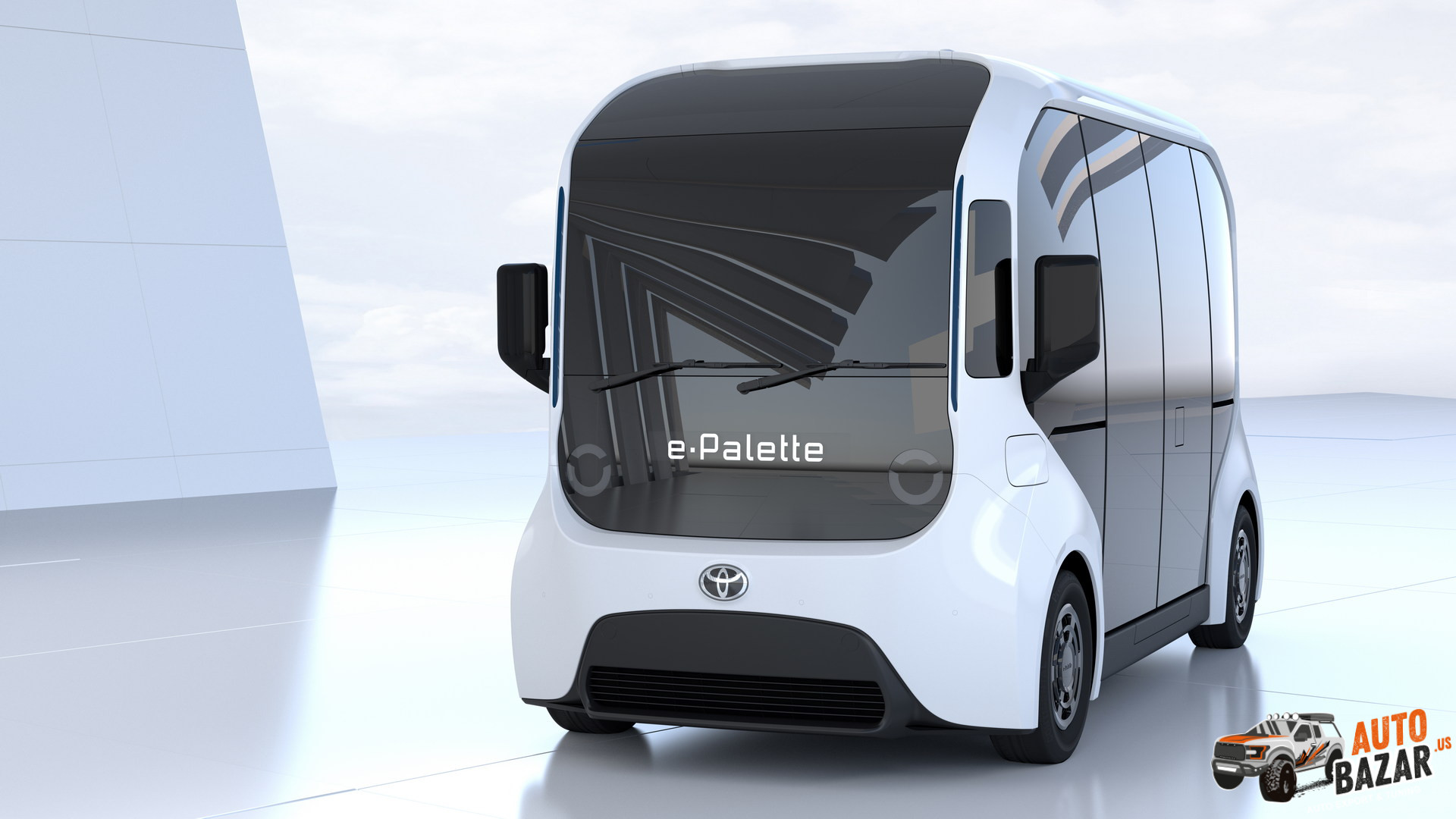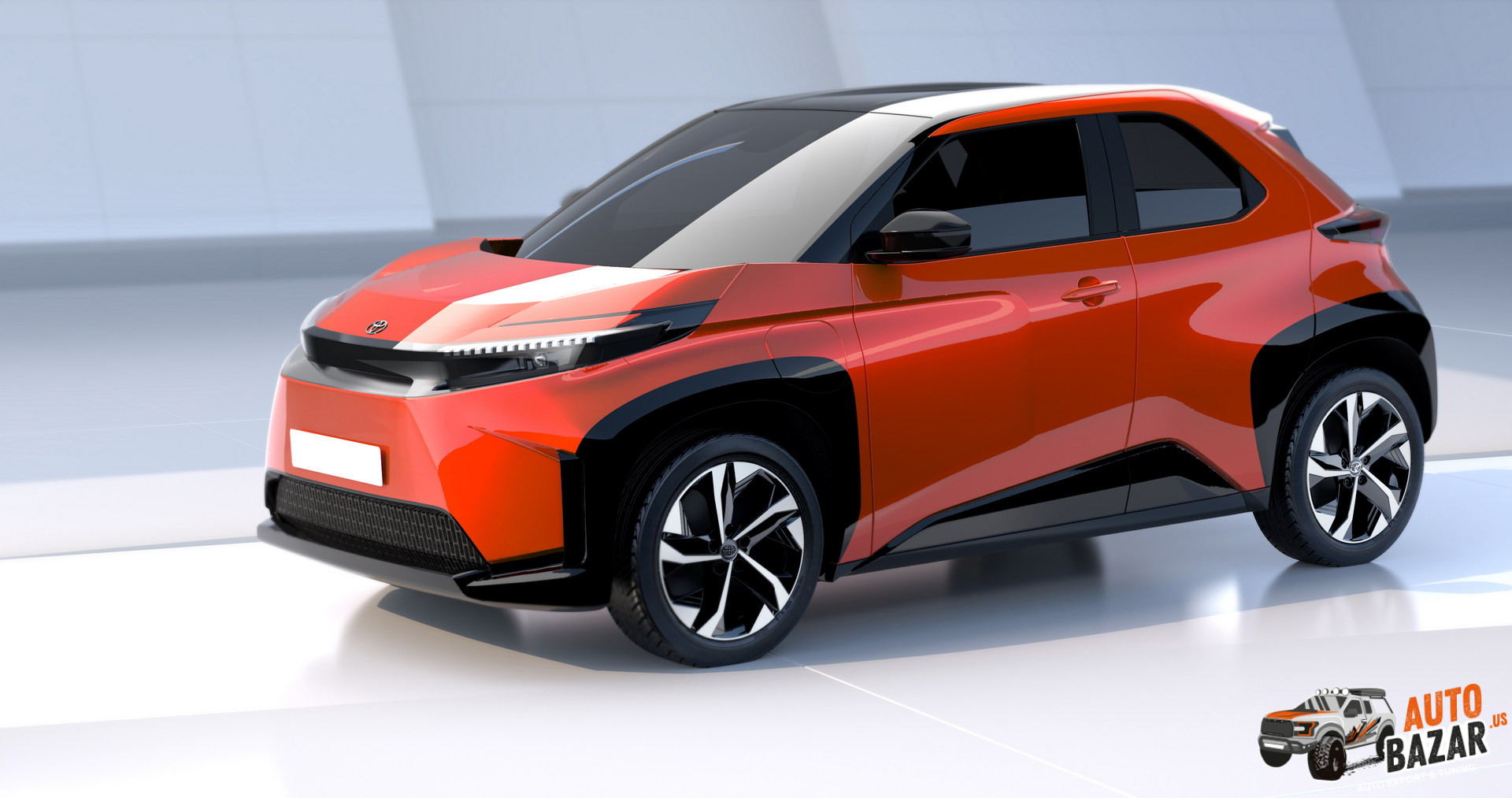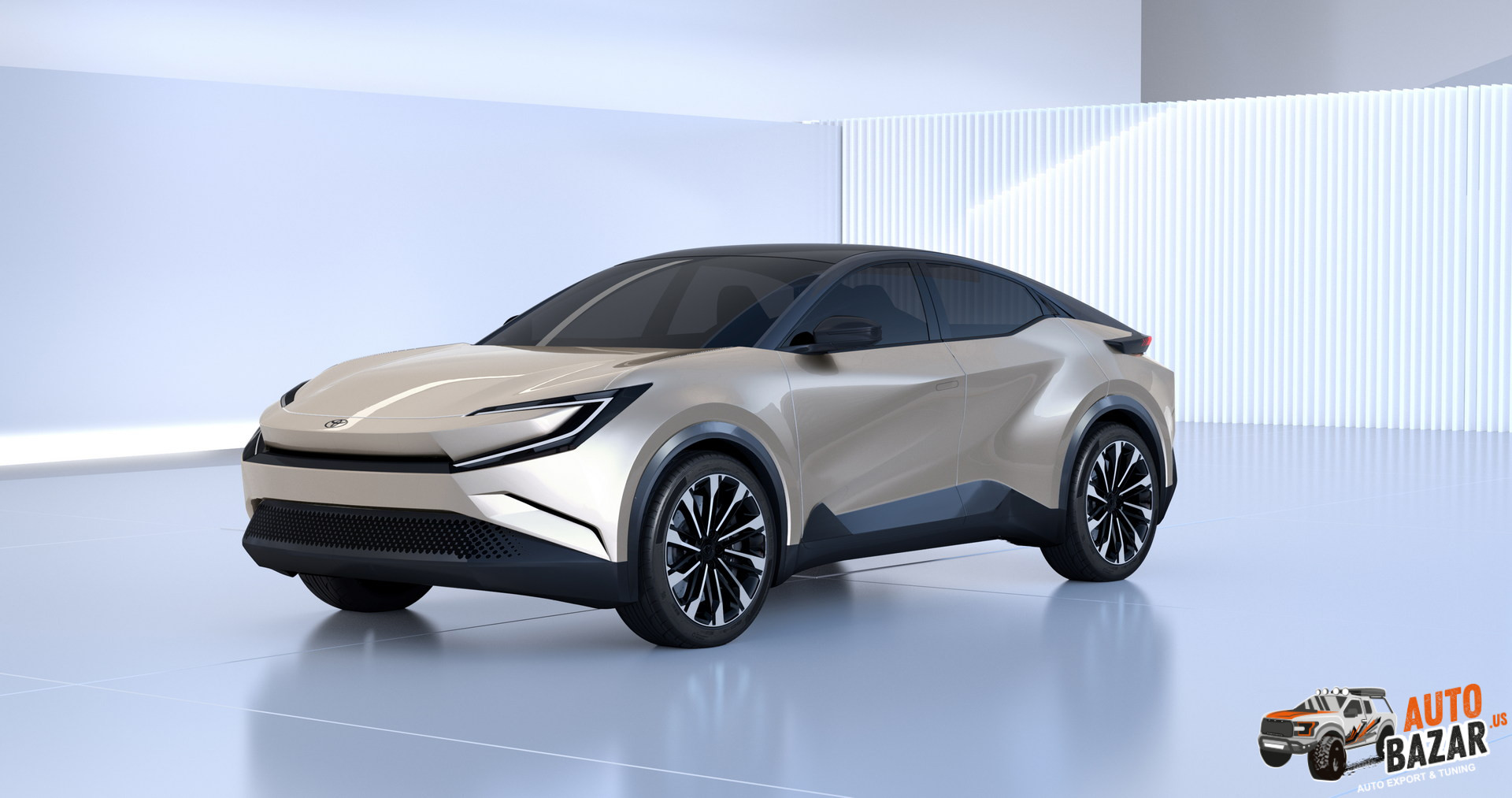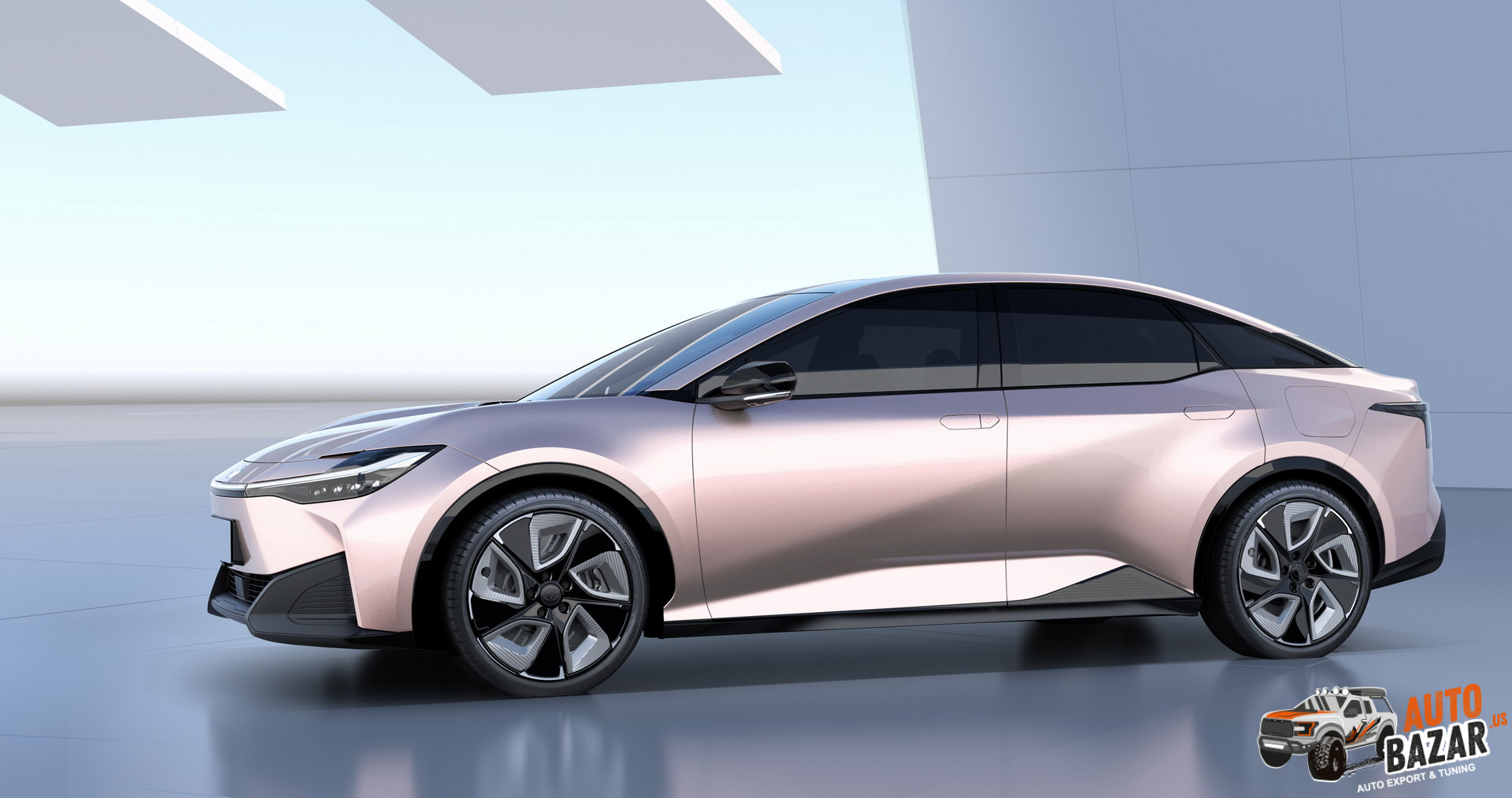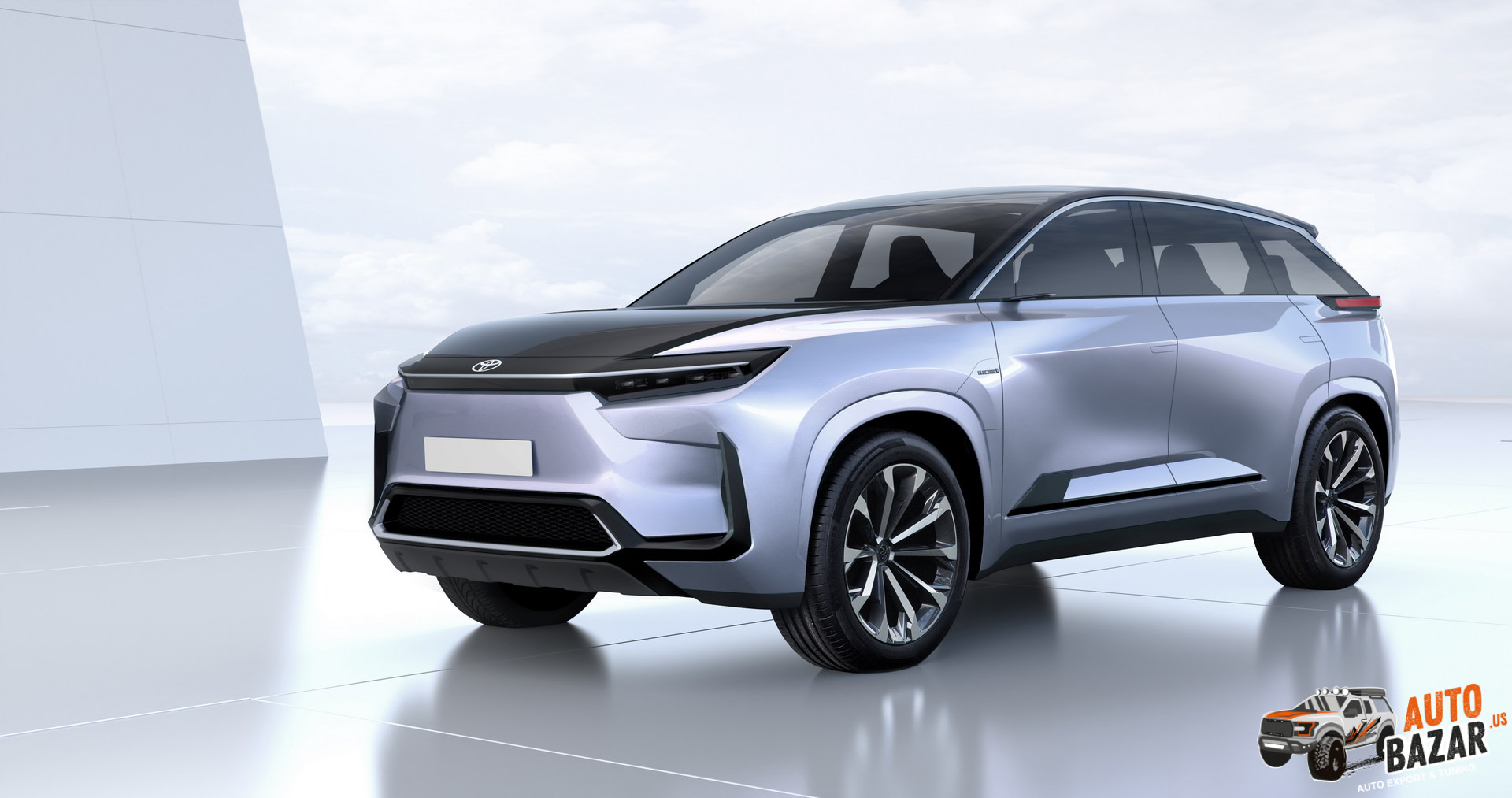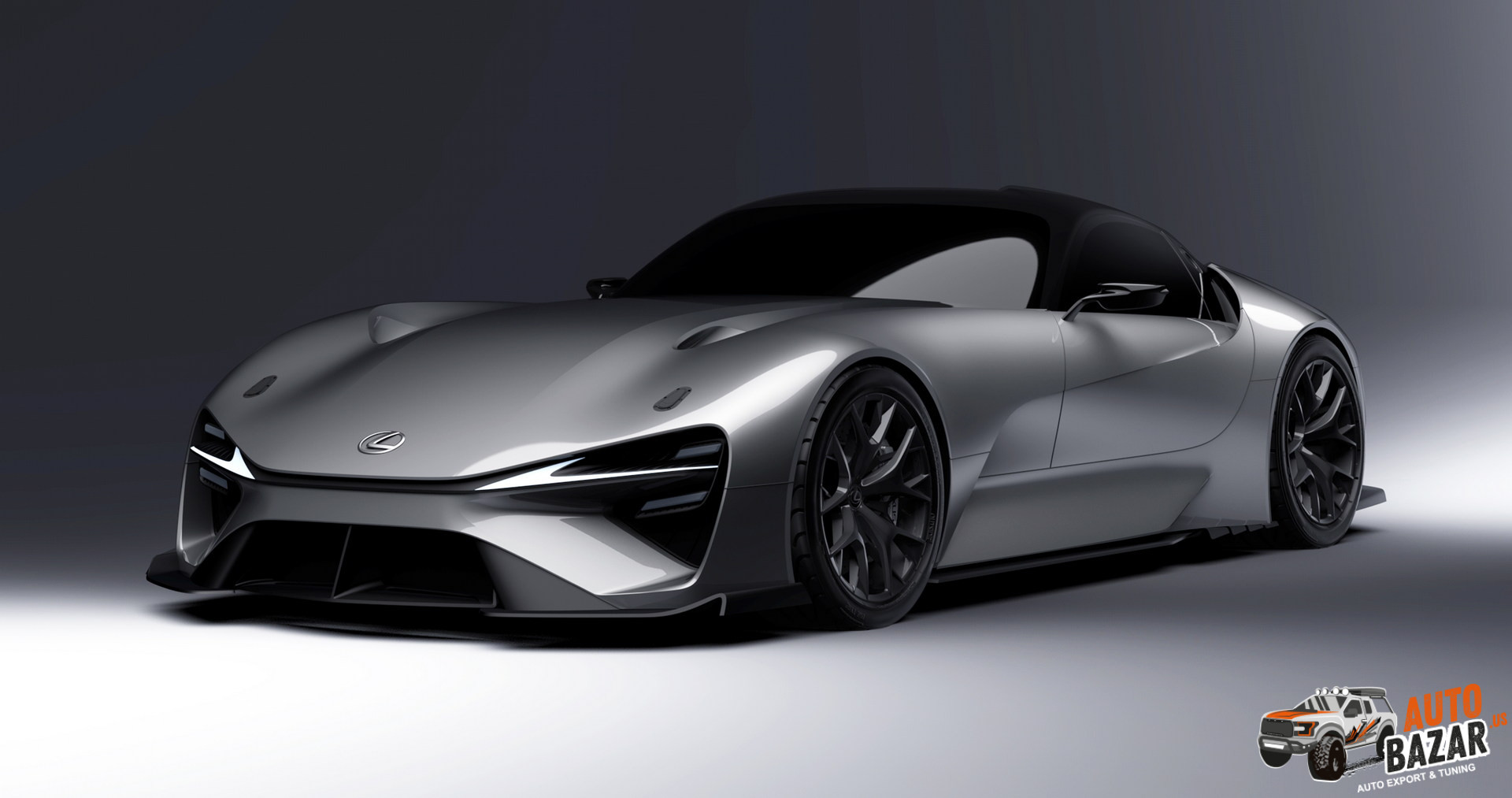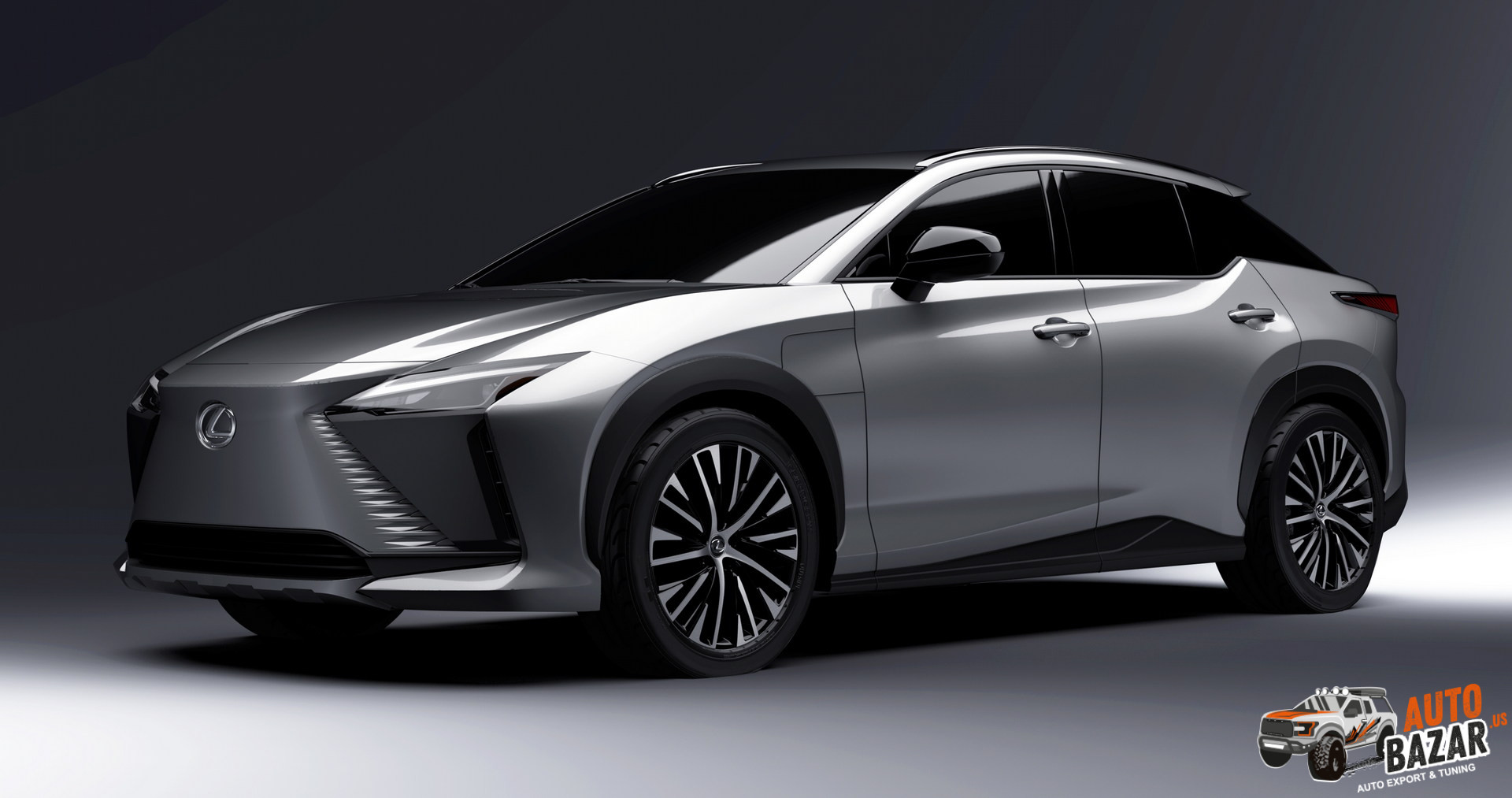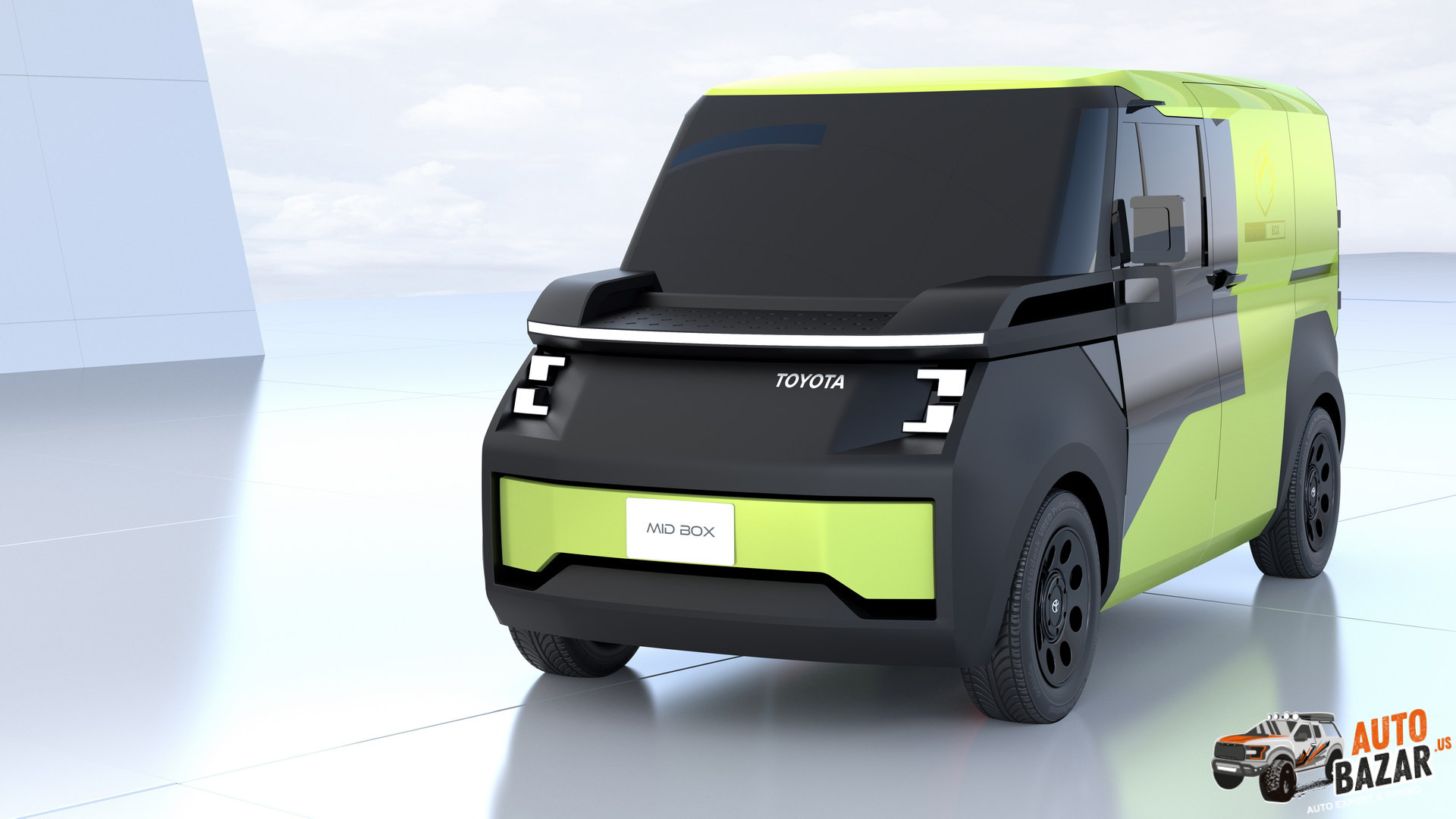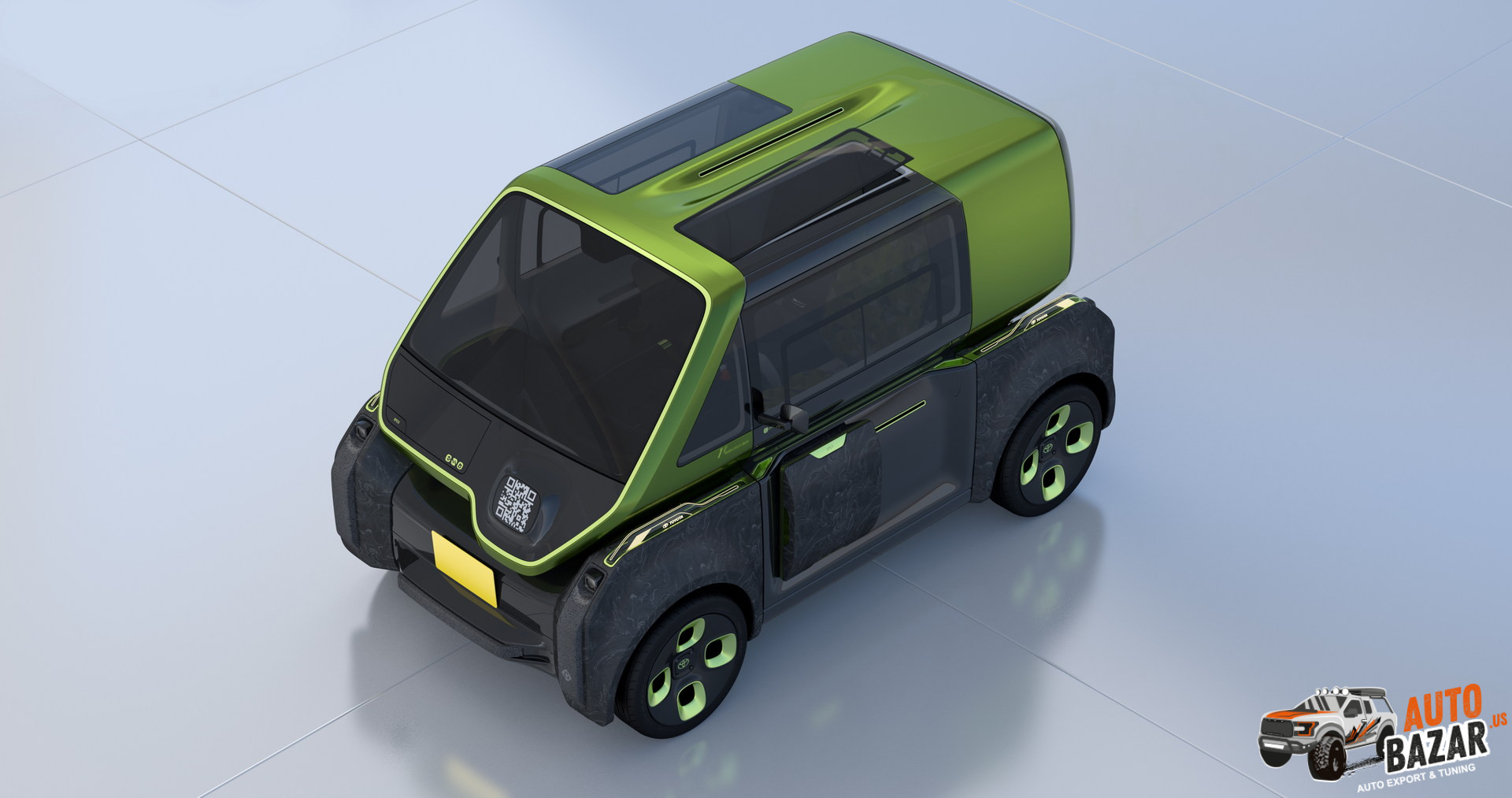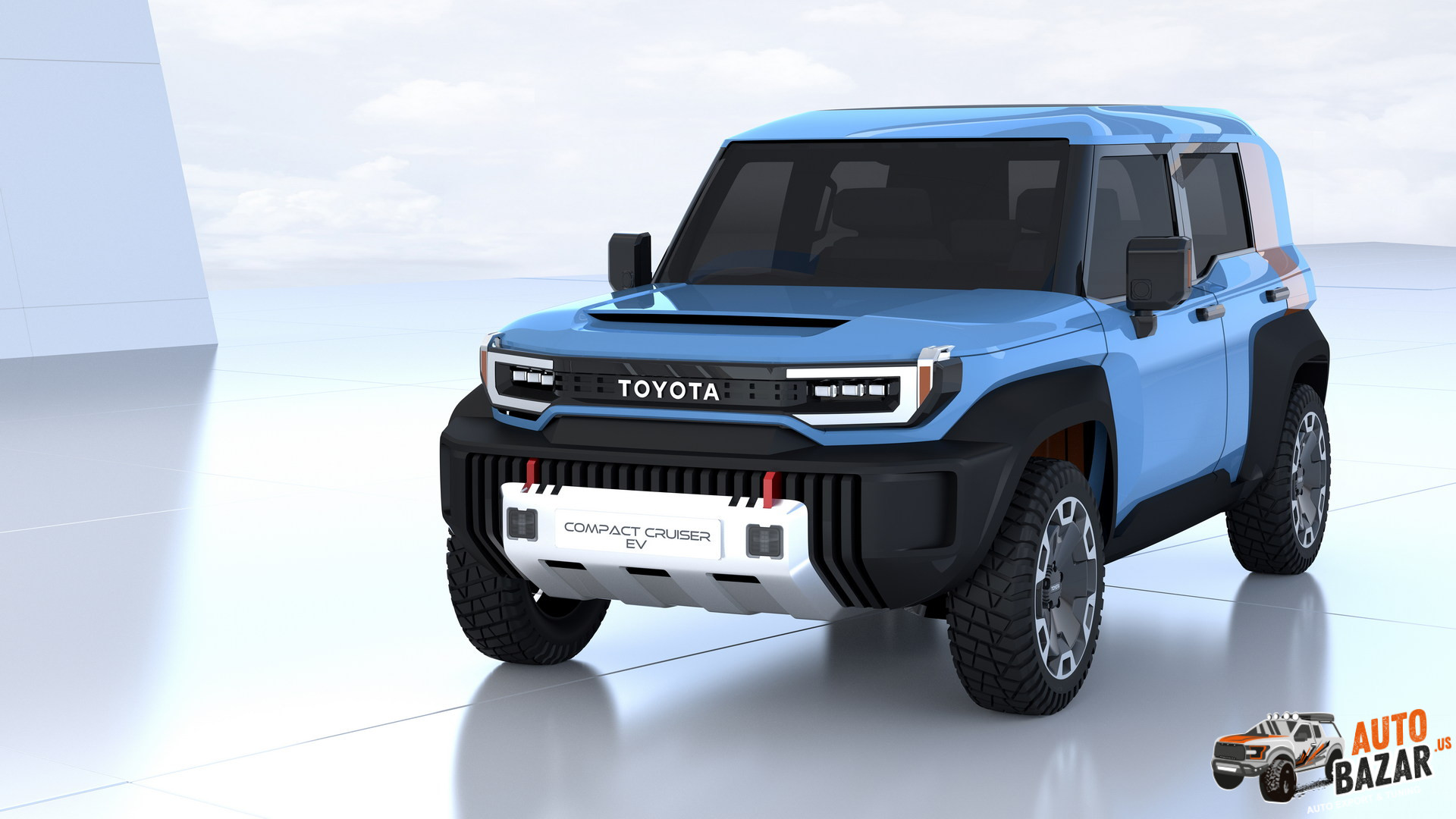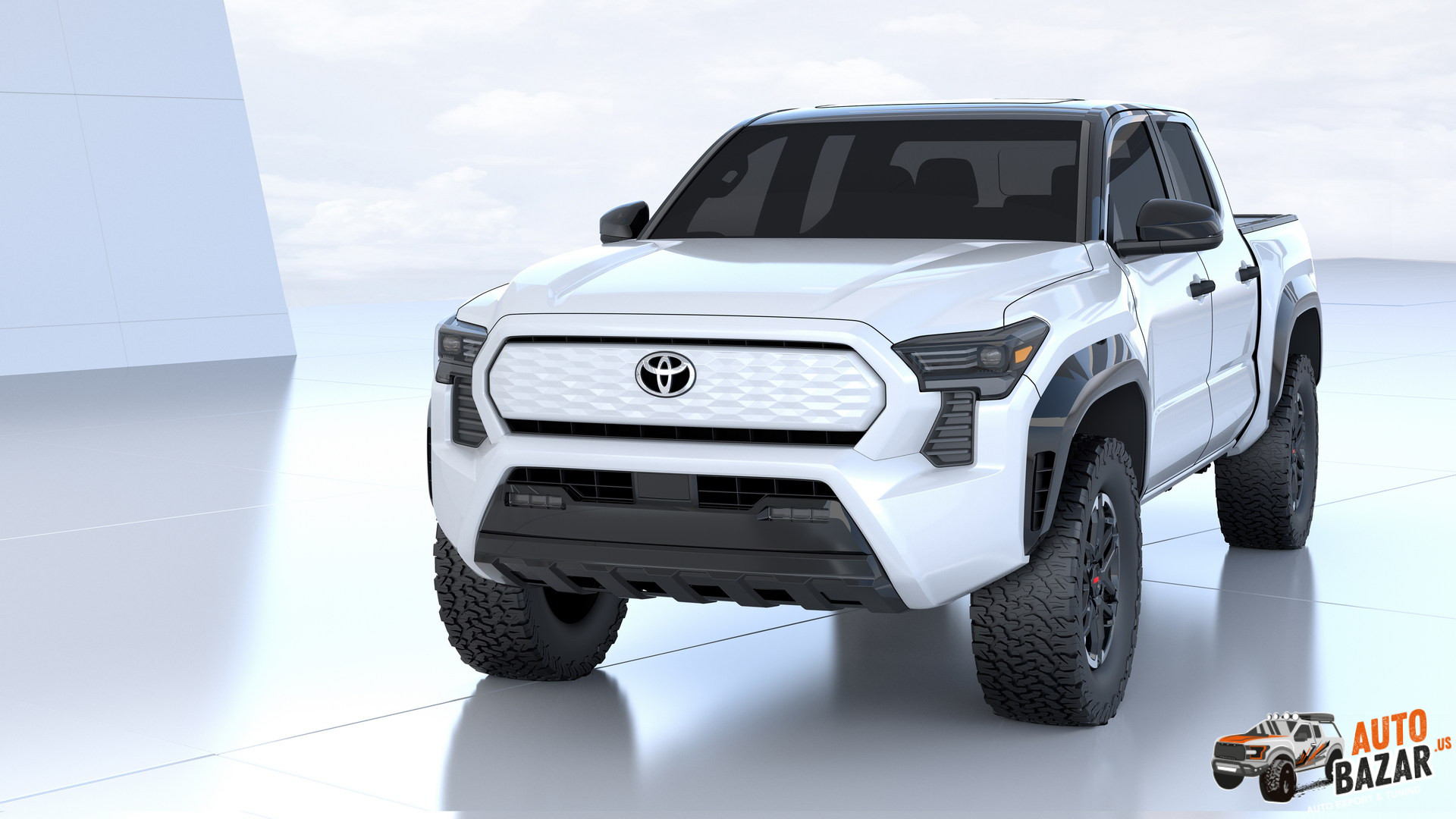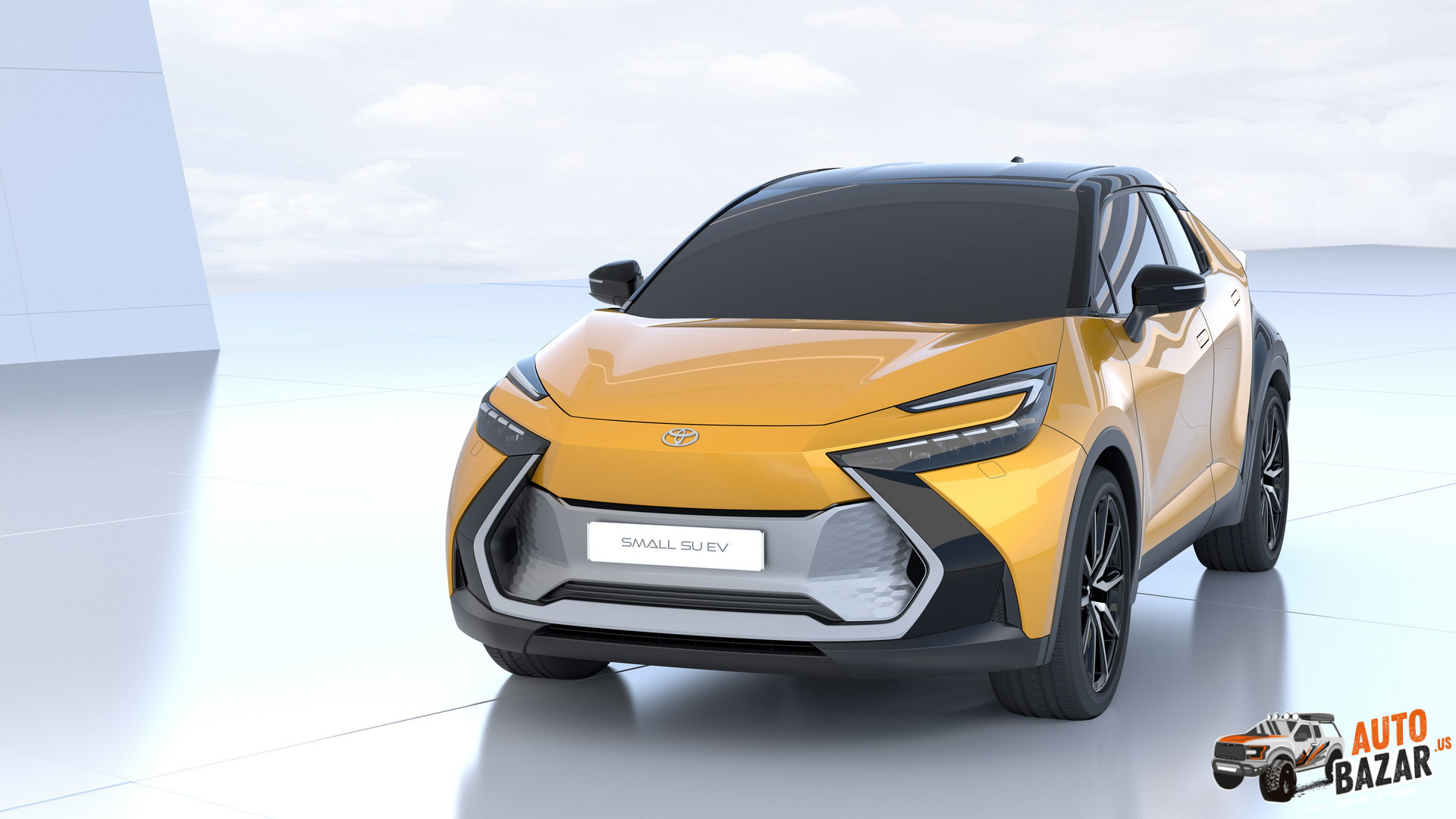15 new electric concepts from Toyota and Lexus
2021-12-15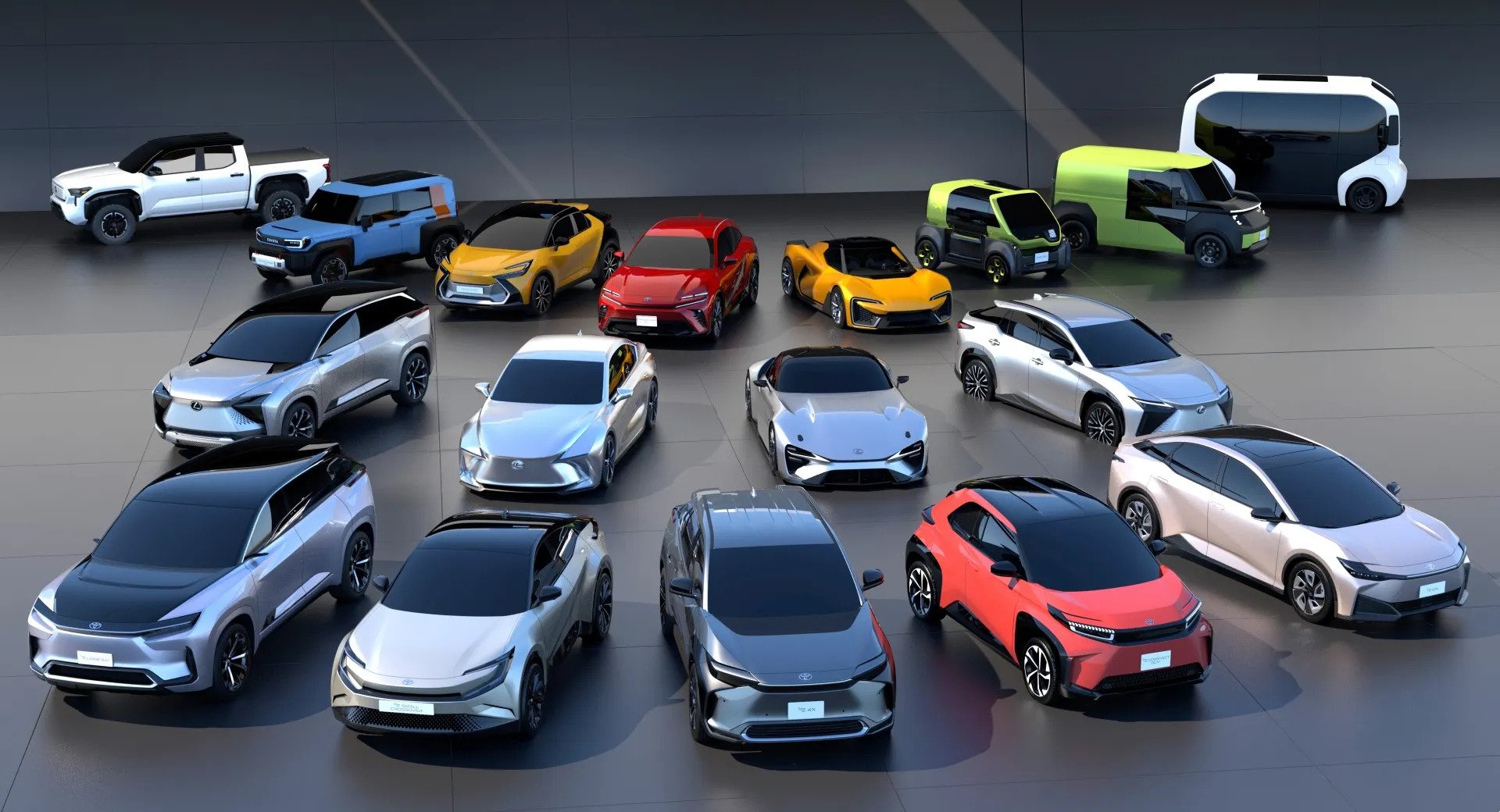
During a media briefing on battery-electric vehicle strategies, Toyota Motor Corporation Akio Toyoda shocked the automotive world by unveiling 15 all-electric concepts representing future Toyota and Lexus models.
Probably the largest concept car release in history, it includes everything you can imagine, from city cars, sedans, SUVs of all shapes and sizes, to pickups and sports cars. Some of these are based on existing models, but there are also several brand new vehicles based on the e-TNGA architecture designed for electric vehicles.
Akio Toyoda divided cars into two types - lower carbon vehicles (HEV, PHEV, etc.) and carbon neutral vehicles (BEV, FCEV, etc.), stating that Toyota will do its best to implement last thing.
The presentation kicked off with Toyota's bZ (Beyond Zero) line of "low-cost production models" that includes the bZ4X and four new concepts based on the e-TNGA architecture. Among them - a sporty compact crossover with a coupe-style roofline (compact SUV bZ), a B-SUV design (small crossover bZ) for Europe and Japan with a power consumption of 125 Wh / km, a tall midsize sedan (bZ sdn) that looks like a competitor Tesla Model 3, and bZ Large SUV.
In the "showroom of the future," as Akio Toyoda called it, there were many other electric vehicles hiding behind a curtain. The Lexus brand lineup includes their first dedicated electric vehicle called the RZ, which is the production version of the LF-Z Electrified concept. There is also an electric sports car that looks like the spiritual successor to the LF-A, with an expected range of over 700 km (435 miles) thanks to solid-state batteries and an expected 0-100 km / h in a 2-second range. In addition, full-size prototypes of a large SUV (Lexus Electrified SUV) and an unnamed Lexus sports sedan were shown. The latter has also appeared in hatchback form in official renders, alongside a similarly styled 2 + 2 convertible.
Akio Toyoda showed us another series of models, calling them "various Toyota electric vehicles." These include commercial vehicles such as the autonomous shuttle bus, the compact van designed for both business and leisure, and the versatile city electric vehicle. The Compact Cruiser EV combines styling cues from the FJ Cruiser in what could be an off-road-focused five-door electric vehicle. Next to it is Toyota's first electric double-cab pickup, which is similar in size to the Hilux or Tacoma, but has modern design features inspired by the larger Tundra.
The Small SU EV looks like an electric CH-R with dynamic styling, while the Crossover EV is slightly larger and more refined in terms of exterior design, likely anticipating Toyota's entry into the C-SUV segment. Finally, there is a mid-engined, two-seater sports car that could be the future MR2.
All of the aforementioned vehicles are part of Toyota and Lexus' goal of bringing a total of 30 BEVs to market by 2030 with a target of 3.5 million vehicles worldwide. By 2030, Lexus will have a full line of electric vehicles, covering all segments, and will become an electric vehicle brand in Europe, North America and China, targeting 1 million electric vehicles annually. By 2035, global sales of Lexus models will be 100% electric vehicles.
To achieve these goals, the Japanese company has pledged to invest $ 17.6 billion in battery production by 2030. Toyota will also invest in various options for carbon neutral models, including the FCEV and other types of clean energy vehicles. Toyota and Lexus want to move towards carbon neutral production by 2035.











